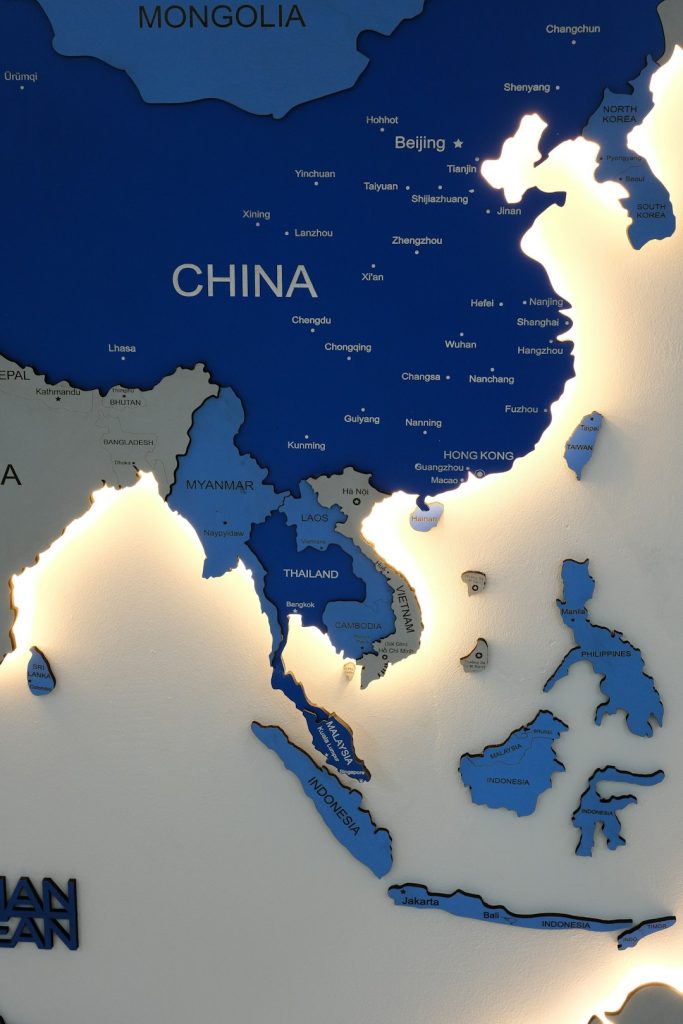Expanding your digital presence to a global audience is a significant endeavor—but it’s also fraught with complex challenges. If implemented incorrectly, internationalization can inflict long-term damage on your SEO performance, confuse search engines, and alienate users. Among the most critical, and often misunderstood, components in this process are hreflang tags, ccTLD choices, and the handling of locale settings. This article explores common pitfalls in these three areas, arming you with the knowledge necessary to avoid costly missteps.
Understanding Hreflang: Purpose and Pitfalls
The hreflang attribute exists to signal to search engines the relationship between web pages with similar content but targeting different geographic audiences or languages. When used correctly, it improves search relevance and ensures that users land on the most appropriate version of your site. However, it’s surprisingly easy to get it wrong.
Common Hreflang Mistakes
- Omitting Self-Referencing Hreflang Tags: Each page should reference itself along with its linguistic or regional counterparts. Failing to do so can result in unpredictable behavior from search engines.
- Invalid Language or Region Codes: Only use ISO 639-1 for language codes and ISO 3166-1 Alpha 2 for region codes. Mixing these up or creating non-existent combinations (e.g., en-uk instead of en-GB) can nullify the effectiveness of the tag.
- Not Using Canonical and Hreflang Together Properly: When hreflang and canonical tags are incorrectly aligned, it sends conflicting signals to search engines about which version of a page to index.
- Incomplete Implementation Across All Pages: Partial deployment can confuse bots, especially when certain translated pages reference others that don’t exist or don’t reciprocate the relationship.
To ensure accuracy, use tools like Google’s Search Console or dedicated hreflang testing utilities. A misconfigured hreflang setup can lead to cannibalization of rankings, as search engines may index the wrong variant of your page.
The Role and Risks of ccTLDs
Country-code top-level domains (ccTLDs), such as .fr for France or .de for Germany, are a strong signal to both search engines and users that your content targets a specific country. While the benefits may seem compelling, ccTLDs come with serious drawbacks if not used strategically.
Advantages of ccTLDs
- Clear Geo-Targeting: A ccTLD leaves little room for ambiguity. Visitors from France are more likely to trust a
.frdomain than a.com. - Potential for Improved Rankings in Local Search: Search engines often favor ccTLDs for country-specific searches.
Disadvantages and Operational Challenges
- Fragmented Domain Authority: Unlike subdirectories or subdomains under a single
.comdomain, ccTLDs each build their own SEO equity. This means more effort is required to achieve strong search performance for each market. - Increased Cost and Management: Buying and maintaining multiple domains comes with significant administrative overhead, including dealing with country-specific regulations, renewals, and potentially different hosting environments.
- Duplicate Content Risks: If each ccTLD serves translated or slightly-modified content without proper hreflang or canonicalization, search engines may flag the pages as duplicates.
Although appealing for segments with strong national identity or separate marketing needs, ccTLDs should be adopted cautiously. An alternative is to opt for subfolders (e.g., example.com/fr/) or subdomains (e.g., fr.example.com) while leveraging Search Console geo-targeting configurations.
Locale Settings: A Silent Saboteur
Locale configuration is often neglected, yet it plays a crucial role in delivering personalized and region-specific user experiences. Locale combines language and region, such as en-US for American English or fr-CA for Canadian French, to tailor both content and functionality. However, implementations frequently go awry.
Locale Challenges Frequently Encountered
- Incorrect Browser Detection: Automatically redirecting users based on browser settings can alienate travelers, multilingual users, or expats. It may also result in search engines being redirected and unable to properly index certain versions of a page.
- Inconsistent Currency and Date Formatting: Displaying USD prices to European customers or using MM/DD/YYYY formatting in non-American markets often leads to confusion or trust issues.
- Language Switchers Without URLs: Buttons or dropdowns that change the language of the content without altering the URL structure (client-side rendering only) prevent search engines from indexing the translated versions of the pages.
Best practice is to let users select their preferences and store them server-side or via persistent cookies, while ensuring that each locale version has a crawlable, static URL.
Putting It All Together: Best Practices for Seamless Internationalization
To avoid the avalanche of issues stemming from these pitfalls, organizations must build internationalization into the site architecture from the ground up. Below are industry-approved best practices:
Unified Strategy Checklist
- Define Your Market Entry Plan: Understand which markets you are targeting and choose the best approach (ccTLD, subdomain, or subfolder).
- Implement Proper Hreflang Tags: Validate your tags regularly and ensure bi-directional linking among language and regional variants.
- Build Scalable Infrastructure: Design your CMS and hosting with international scaling in mind, supporting locale variations with distinct URLs and metadata.
- Monitor Performance Continuously: Use tools like Google Analytics, GSC, and third-party crawlers to inspect indexation, page load times, and localized engagement metrics.
- Prioritize UX: Allow users to easily switch languages or regions without forced redirection, and ensure content reflects cultural norms and expectations.
Conclusion: Internationalization is a Long-Term Investment
When done well, internationalization can elevate your digital reach, enhance user satisfaction, and lead to exponential growth across borders. However, pitfalls in hreflang, ccTLD usage, and locale settings can not only stunt growth but actively reverse trust and visibility. These elements require technical precision, strategic foresight, and ongoing maintenance. A misstep in one area often leads to unexpected consequences in another—making cohesive planning and execution essential.
Whether you are an e-commerce giant or a niche SaaS provider, international SEO is no longer a luxury—it’s a necessity. Avoiding these common traps early on will save you considerable technical debt and future-proof your digital expansion. The world is vast, and your content deserves to be found in every corner of it. Make informed decisions today so your global strategy doesn’t become tomorrow’s cautionary tale.
